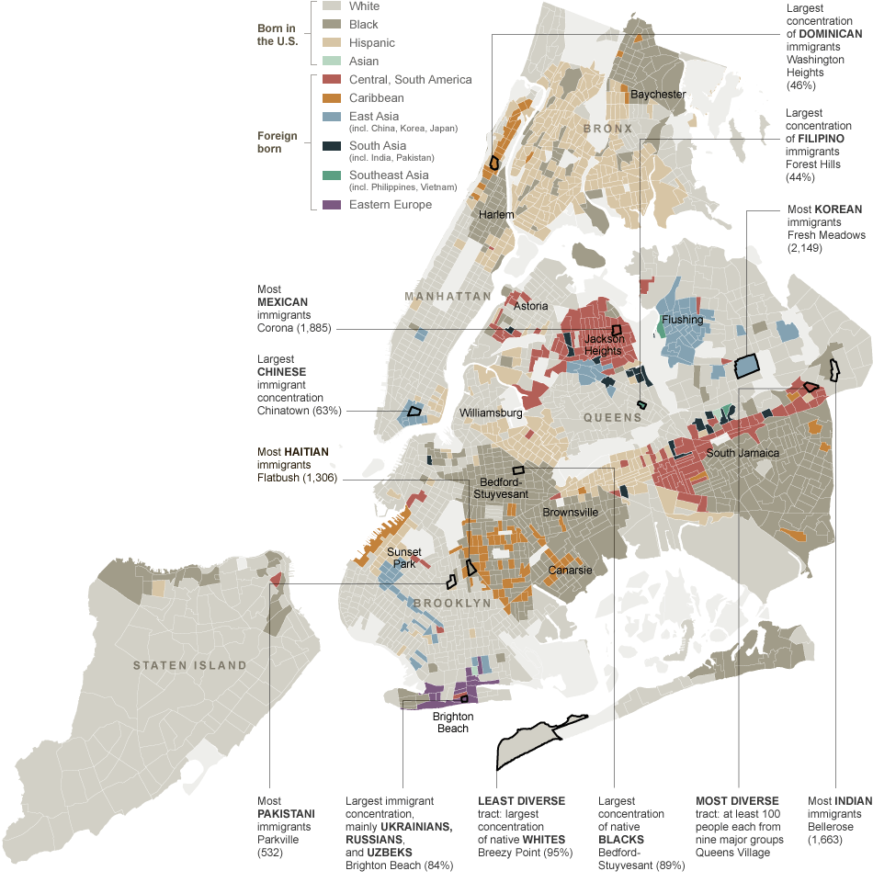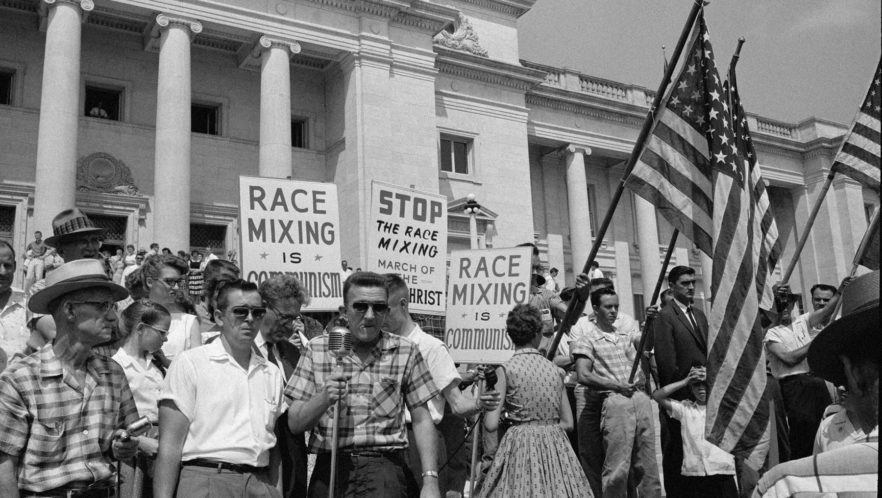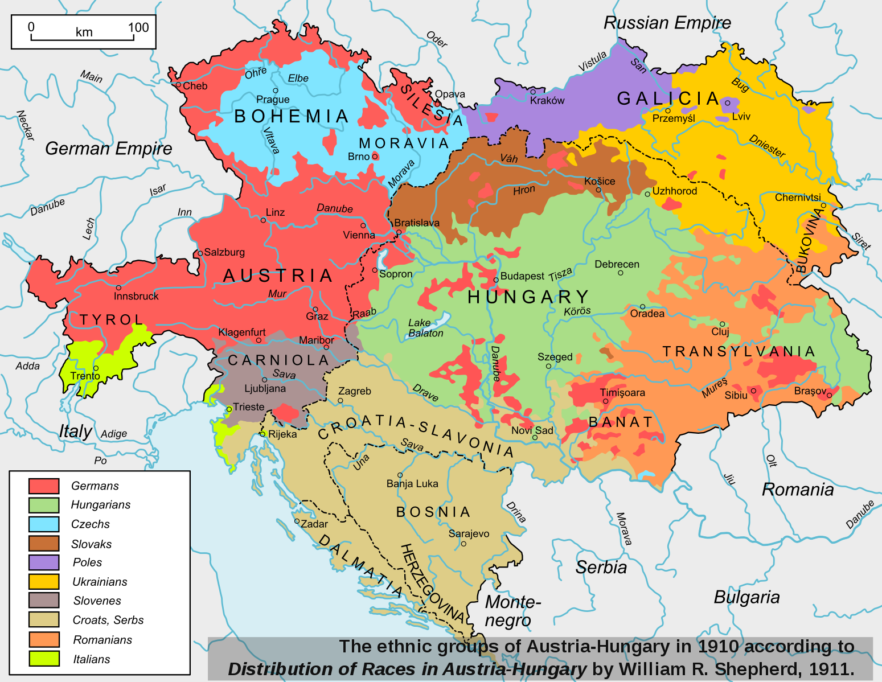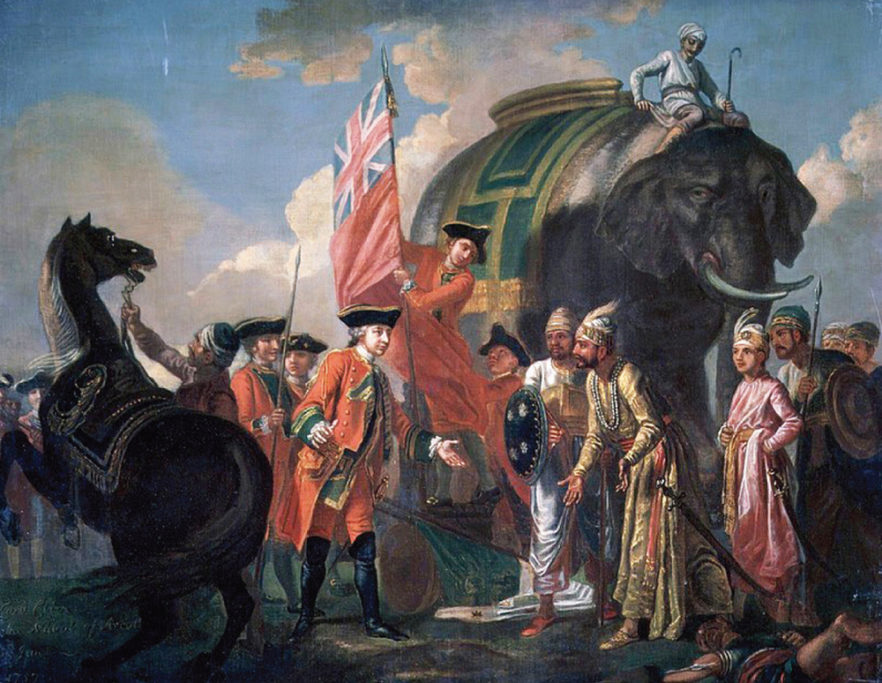Pluralistic societies, movements and ideas have existed all throughout human history. In many cases they functioned and still do, but a few didn’t. The idea of a pluralistic society is that it should include many different sorts of people whether they are from different races, sexual orientations, cultures, and religions. Lots of pluralistic societies exist in the 21st century, such as the United States of America, Switzerland, Canada,… or even cities such as New York, Shanghai, and Geneva.

The United States is a perfect example of a pluralistic society, it has had its faults throughout history but it is still generally a place of great acceptance. Especially in states such as California or New York where the foreign populations are significant and sexual orientations are incredibly diverse. Yet only about 100 years ago women couldn’t vote in the USA and around 60 years ago segregation was still in effect. The inability of the white population in the US to coexist with the black population created problems throughout all of American history such as the Civil War ( 1861-1865).

Some nations did not fare as well as others because of mismanaging their pluralistic society. We can see that with the example of Austria-Hungary. The Austro-Hungarian Empire was a multicultural empire that was founded in 1867 and was dissolved in 1918. It was made up of 11 different ethnic groups and had 16 spoken languages (only three of which were official). Austria-Hungary came to be because of a compromise between the Austrians and Hungarians within the old Austrian Empire. The numerous political associations were split according to ethnicity (« nations »), with a result that no government could ever rely on a stable majority, creating a great sentiment of division and an ineffective government. Different ethnicities would sometimes clash with each other such as the Hungarians and the Slavs of the Empire. This made it so that the government was incredibly slow and thus the entire nation was disorganized and crumbling. It was eventually dissolved in 1918 at Versailles.
( sources: Wikipedia and Encyclopedia Britannica )

There was also the concept of a certain minority detaining all the powers such as in the British East India company, a chartered company that slowly took over India from 1757 to 1858. The company was ruled exclusively by British Elites in Calcutta. The Indian people had no say in political affairs and the few princes that remained were mere British Puppets. The East India Company operated like a corporation even though it was basically a sovereign nation. The Indian people were oppressed and ignored in some cases. This caused conflicts such as the Sepoy Rebellion in 1857.
(sources: The Guardian and Wikipedia)

In order to create a stable, effective and egalitarian society all individuals should be included in the political and governmental process of Democracy.
Further Reading:
The British East India Company
Pluralism in the United States
New York, a multicultural city
By Laird Balas

This work is licensed under a Creative Commons Attribution-ShareAlike 4.0 International License, unless otherwise licensed by original authors.

